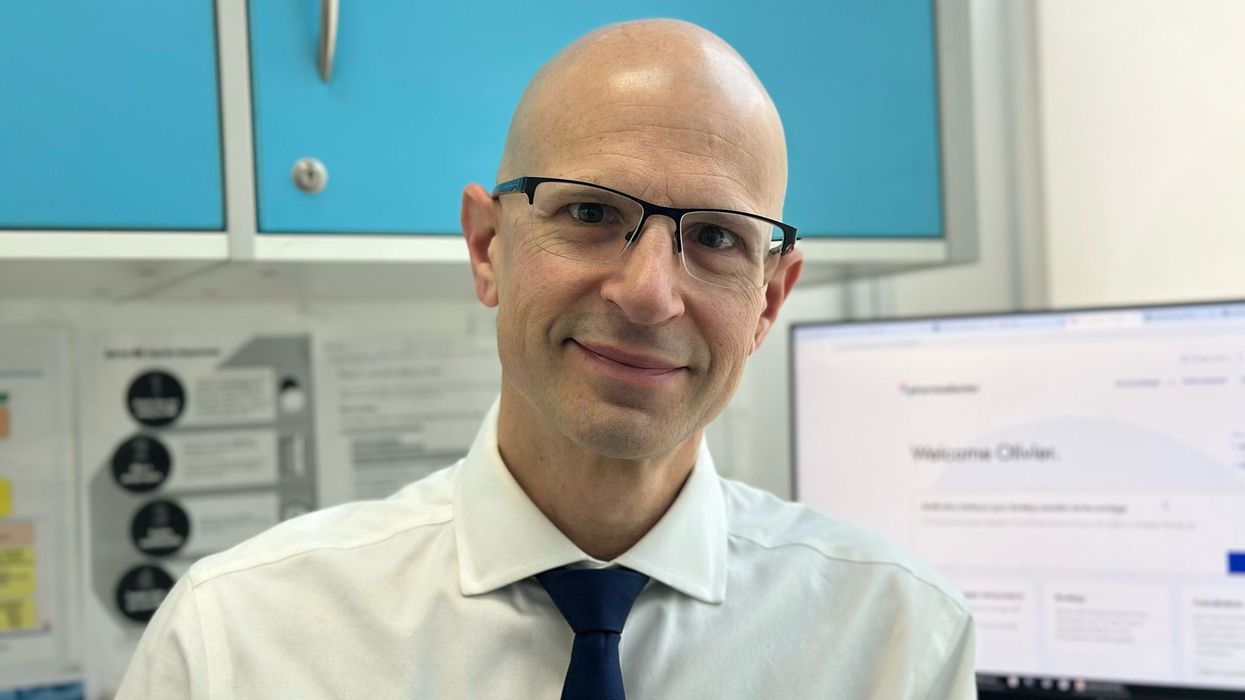The General Pharmaceutical Council (GPhC) has come out with a plan to deliver its five-year strategy to attain its vision of providing safe and effective pharmacy care by 2030.
The pharmacy regulator has outlined three key aims to protect patients and pharmacists.
Its strategic aim 1 is to empower pharmacists and pharmacy technicians to provide trusted, safe, and effective pharmacy care.
The GPhC wants to ensure that patients and the public are cared for by competent and confident professionals.
Pharmacists and pharmacy technicians, in all settings, are guided by a regulator that listens, takes account of their practice, how it is changing, and the challenges they face.
Pharmacy owners run registered pharmacies in ways that support pharmacists, pharmacy technicians to meet our standards.
The regulator said the necessary enforcement action should be prompt, proportionate, and effective.
By the end of the 2025-26 fiscal year, it aims to conduct at least 2,000 inspections, focusing on higher-risk areas.
The GPhC wants to protect patients and the public by working with healthcare regulators and other organisations.
It wants to ensure that public protection is seamless across regulatory boundaries.
The safety and well-being of patients and members of the public is enhanced by effective collaboration between different regulators, and with the pharmacy professional leadership bodies, pharmacy education and training providers, specialist pharmacy groups, and trade and representative bodies.
Pharmacists and pharmacy technicians have the skills to work collaboratively in teams with other health and care professionals, supported by consistent and integrated regulatory standards, regardless of professional boundaries.
Within a year, it would develop a stakeholder engagement plan with students, universities, the RPS, and external experts to guide next steps.
Over the next five years, GPhC will continue to invest in its staff, modernise its technology and strengthen resource management to deliver high-quality, good-value regulation.
By 2030, it wants to have people who are developed and supported to deliver and lead the regulatory work with skill and professionalism.
Its operating model and technology are strengthened and updated to enable it to deliver.
The regulator said it will track progress through delivery of a balanced income and expenditure position, maintain reserves within Council’s policy range of three to six months’ operating costs, and achieve cumulative cost efficiencies of £1.5m by 2027–28.
Within a year, it plans to modernise HR systems, launch a mentoring programme and introduce new performance level descriptors across all grades.
The other measures include implementation of the 2025–27 fee strategy and introduction of forecasting and cost-attribution tools to improve transparency and financial planning.












